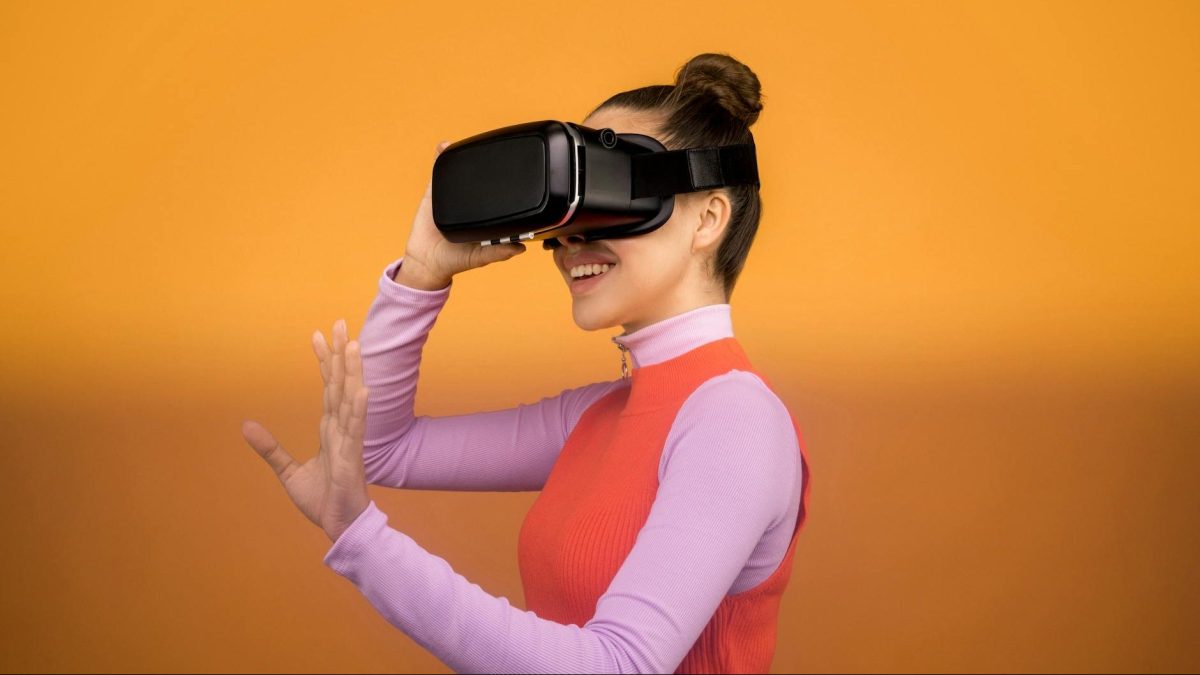Within immersive technology there are different types: virtual reality (VR), augmented reality (AR) and mixed reality (MR). All of them are enabling increasingly futuristic, immersive and realistic practices that many of us would never have imagined.
Definition and usage devices
Immersive technology encompasses a set of practices that aim to take the user into a fictitious, but totally real scenario before their senses.
Virtual Reality (VR)
This technology uses devices such as headsets or glasses to create a fully digital environment in which the user can interact.
Augmented Reality (AR)
This technology incorporates digital elements into the real world through devices, mainly smartphones.
Mixed Reality (MR)
Combines aspects of VR and AR, making it possible for digital objects to interact with the real environment in a more integrated way.
They all rely on a set of advanced graphics with motion sensors and data processing methods to provide the user with a fully immersive experience.
Applications
In the healthcare sector
In this area, immersive technology is finding applications in both procedure and learning. For example, VR is being used to treat mental problems such as phobias and anxiety disorders through controlled exposure to stress-inducing situations. It is also used in the physical rehabilitation of people with disabilities by providing interactive and motivational exercises to patients.
In the entertainment sector
The entertainment sector was one of the first to embrace immersive technology. Many VR video games have demonstrated the great ability of this technology to provide interactive and fun gaming experiences. In addition, many amusement parks are also incorporating VR and AR-based attractions offering visitors experiences in unimaginable worlds and settings.
In the world of education and training
VR simulators are making it possible for many students in careers such as medicine to perform surgery in a safe and controlled environment. There are also AR learning platforms such as ‘Google Expeditions’, virtual reality designed for educational travel without leaving the classroom. This platform allows students to investigate historical places in an interactive way, creating more interesting and hands-on learning.
Architecture
Architects are using VR and AR to recreate projects before they are built to see whether or not they are feasible. This allows changes to be made in real time, improving accuracy and minimising costs.
Travel
Customers can visit their future accommodation before their holiday arrives and choose the best accommodation for them. Also very useful for travel is Google Street View, which combines billions of panoramic images to show a virtual representation of our surroundings on Google Maps.
Commerce and Marketing
Online shops such as Ikea Place are using AR to allow customers to visualise their products and see how they would look inside their home. Or even try on, on their own body, different garments or accessories, as the Hawkers eyewear shop allows.
The world of art
In this field, creators can use immersive tools to convert their works of art into 3D environments, offering new experiences.
Inside Telefónica in Districto
At Telefónica, and on the occasion of our anniversary, we have been working over the last few years to make the most of the innovation that augmented reality represents. To show our employees and visitors to the Telefónica District in Madrid how it works, we have carried out the AR District initiative in the Telefónica Innovation and Talent Hub.
Distrito AR is free of charge and features five immersive, dynamic and interactive augmented reality experiences associated with these values. As they are WebAR experiences, no download is required to access them, you only need to use your mobile phone and scan the QR code of each experience to automatically display it in your browser.
Conclusions
The future of immersive technology is full of possibilities. In conclusion, immersive technology is transforming the way we interact with the digital world, and its applications are very varied and promising.







